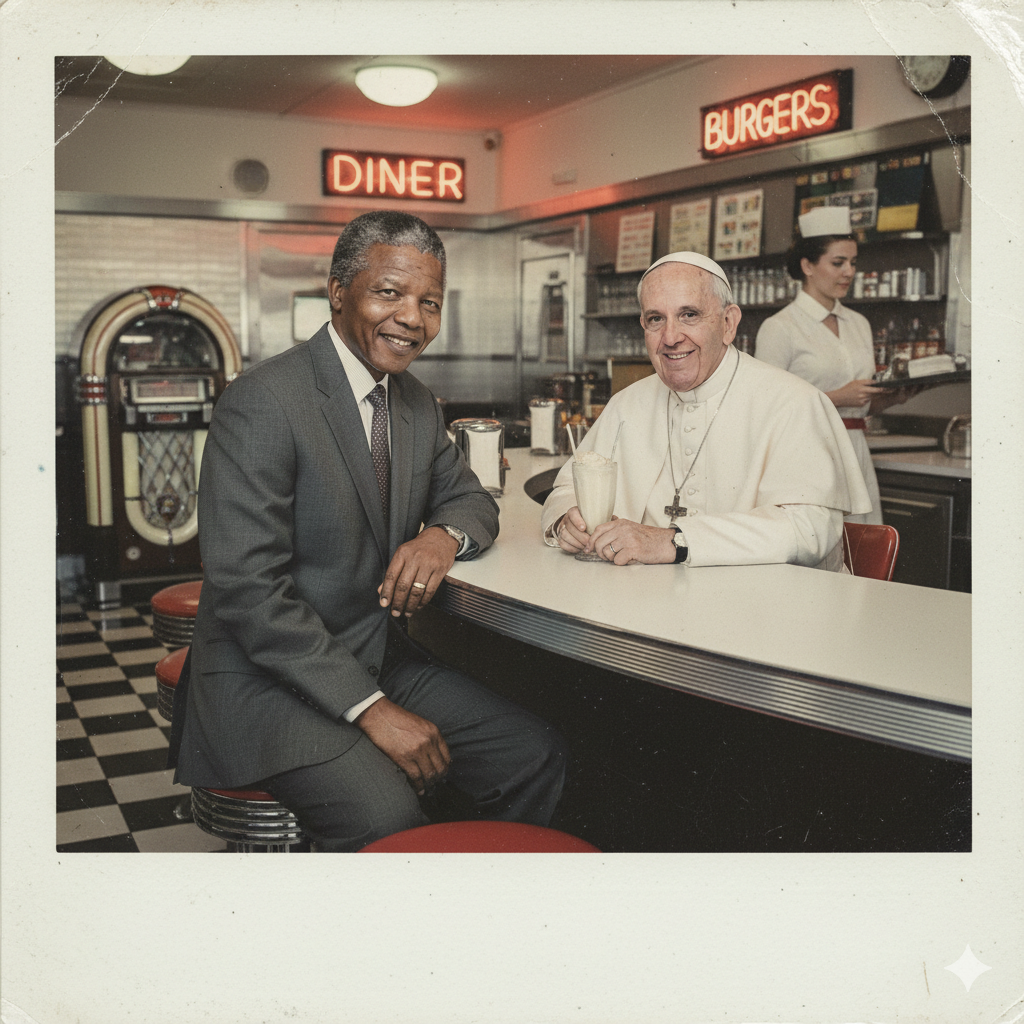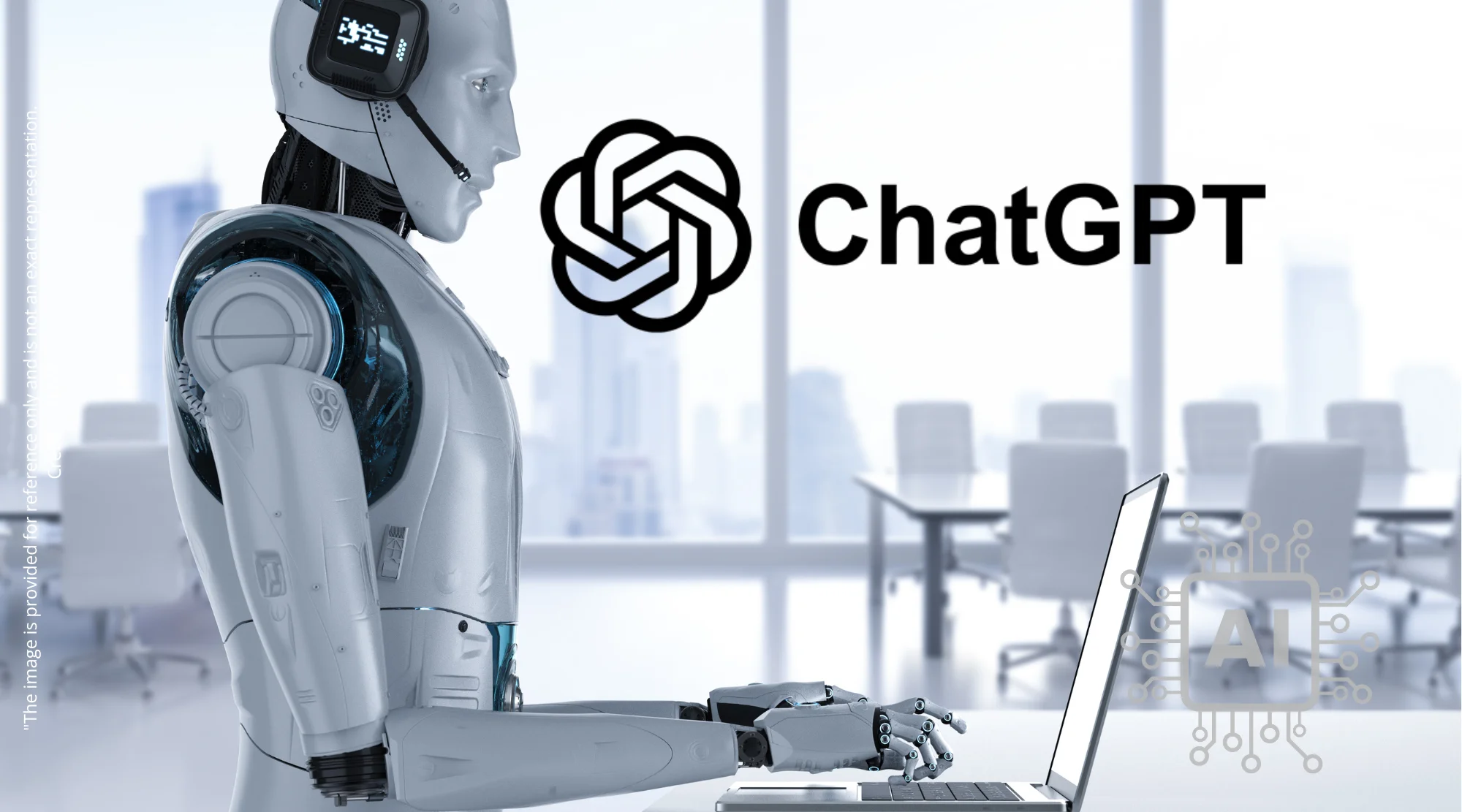Creating AI-generated images featuring yourself alongside celebrities in a vintage Polaroid style has become a viral sensation. Now, with the help of tools like Google’s Gemini, anyone can participate. The key lies in crafting effective prompts that guide the AI to produce the desired result. This article will walk you through the process, providing tips and examples to help you create your own AI-powered Polaroid masterpieces and understand the potential risks involved. Learn how to use AI to generate Polaroid images that are both fun and personalized.
Unleash Your Creativity: Generating Polaroid-Style Images with AI
The rise of AI image generators has opened up a world of creative possibilities, allowing users to bring their imaginations to life in stunning detail. One particularly popular trend involves creating images that mimic the look and feel of vintage Polaroid photographs, often featuring the user alongside their favorite celebrities or fictional characters. While this might seem like a complicated process, tools like Google’s Gemini have made it surprisingly accessible to anyone, regardless of their technical expertise.
Step-by-Step Guide: Crafting the Perfect AI Prompt
The secret to successful AI image generation lies in the prompt. A well-crafted prompt provides the AI with specific instructions, ensuring that the final image closely matches your vision. Here’s a breakdown of the key steps:
- Choose Your AI Platform: While Google’s Gemini is a great starting point, other platforms like DALL-E 2 and Midjourney also offer similar capabilities. Experiment with different platforms to find the one that best suits your needs.
- Select Your Subject(s): Decide who you want to feature in your image. This could be yourself, a friend, a celebrity, a fictional character, or even a combination of subjects.
- Describe the Scene: Provide the AI with a detailed description of the scene you want to create. Consider the setting, the lighting, the pose, and the overall mood. Be specific and use descriptive language to help the AI understand your vision.
- Incorporate the Polaroid Aesthetic: This is where you add the vintage Polaroid touch. Specify that you want the image to look like it was taken with a Polaroid camera, and include details like a white border, slightly faded colors, and a hint of grain.
- Refine and Iterate: Don’t be afraid to experiment with different prompts and refine your descriptions based on the results you get. AI image generation is an iterative process, and it may take a few tries to achieve the perfect image.

Example Prompts for Stunning Polaroid-Style Images
Here are a few example prompts that you can use as inspiration for your own creations:
- “Create a Polaroid-style photo of me and [celebrity name] at a 1950s diner. The photo should have a white border, slightly faded colors, and a vintage feel. We are both sitting at the counter, smiling at the camera.”
- “Generate an image of me hugging [fictional character name] in a snowy forest. The image should look like a Polaroid photograph, with a soft focus and a hint of grain. The colors should be muted and the lighting should be warm.”
- “Create a Polaroid photo of me and [historical figure name] walking through a bustling marketplace in ancient Rome. The image should have a white border and a slightly overexposed look, as if it was taken with a vintage camera.”
Remember to adapt these prompts to your specific preferences and desired subjects. The more detailed and descriptive you are, the better the AI will be able to understand your vision. Learning to write good prompts unlocks the full potential of AI. Check out this article on Mastering AI Prompts: Your Essential Guide to Unlocking Generative AI’s Full Potential.
Choosing the Right AI Platform: Gemini and Beyond
While Google’s Gemini is a convenient and accessible option, particularly for users already familiar with the Google ecosystem, it’s important to consider other AI image generation platforms as well. DALL-E 2, Midjourney, and Stable Diffusion are all popular choices, each with its own strengths and weaknesses. DALL-E 2, for example, is known for its ability to generate highly realistic and detailed images, while Midjourney is praised for its artistic style and ability to create stunning abstract art. Here’s a comparison of the top AI image generators.
Experimenting with different platforms can help you discover which one best suits your individual needs and preferences. Some platforms may offer more control over the image generation process, while others may be more user-friendly or offer a wider range of styles and features.
Potential Risks and Considerations: Privacy and Data Security
As with any AI-powered tool, it’s important to be aware of the potential risks and considerations associated with AI image generation. One key concern is privacy. When you upload images to an AI platform, you’re essentially sharing your personal data with a third party. It’s crucial to carefully review the platform’s privacy policy to understand how your data will be used and protected.
Another concern is the potential for misuse of AI-generated images. AI can be used to create deepfakes, spread misinformation, or even engage in identity theft. It’s important to use these tools responsibly and ethically, and to be aware of the potential consequences of your actions. For more information on how AI is creating new ways to scam and mislead, read AI Chatbots: The New, Tricky Engine Behind Digital Scams.

The Future of AI-Generated Images: What’s Next?
The field of AI image generation is rapidly evolving, with new tools and techniques emerging all the time. As AI models become more sophisticated, we can expect to see even more realistic, detailed, and creative images being generated. We can also expect to see AI being used to create new forms of art and entertainment, blurring the lines between reality and imagination.
One exciting development is the rise of “world models,” which are AI systems that can simulate entire virtual worlds. These models could be used to create immersive gaming experiences, realistic training simulations, or even virtual prototypes of real-world products. Explore the future of Generative AI here: Generative AI’s Future: World Models, Ethics, and Beyond.
Final Thoughts: Embrace the Creative Potential, Tread Carefully
AI-generated images offer a powerful new way to express your creativity and bring your imagination to life. By following the tips and guidelines outlined in this article, you can create stunning Polaroid-style images that capture your unique vision. However, it’s important to be mindful of the potential risks and considerations associated with these tools, and to use them responsibly and ethically. As the field of AI continues to evolve, we can expect to see even more exciting developments in the world of AI image generation.


One thought on “Create Stunning Polaroid-Style Images with AI: A Step-by-Step Guide”